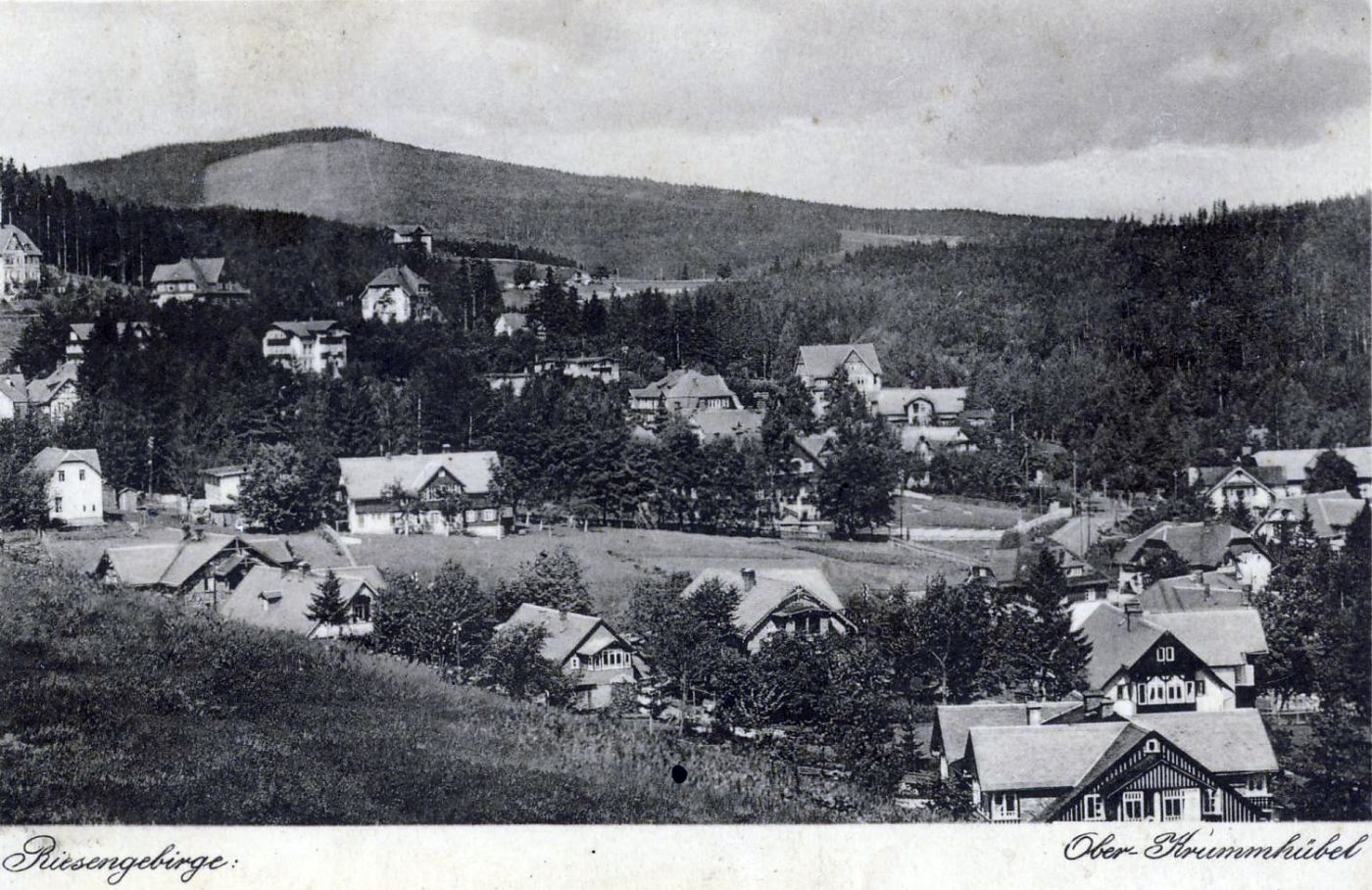Wersja kontrastowa: Alt + Z
Przejdź do treści strony: Alt + X
Przejdź do nawigacji strony: Alt + C
Mapa Witryny: Alt + V
Wyszukiwarka: Alt + B

Close your eyes ... and imagine a dense beech forest mixed with old linen trees and oaks.
It is exactly how Karpacz, surrounded by the Giant Mountains, looked hundreds of years ago. Only narrow paths meandered between trees leading to places of worship Good Spring (Dobre Źródło) on a slope of Grabowiec and Sources of Elbe River (Źródła Łaby) under Łabski Szczyt.
Gall Anonim, a chronicler, confirms the wilderness of this place in his notes on Bolesław Krzywousty's journey to Bohemia across the Giant Mountains in 1110. He stated that it was '... a scary place untouched by humans, (...) steep, where mountains were touching the sky, with rocks everywhere... .'
Walloons arrived in the Giant Mountains in 12th century. They were strangers from remote parts of South-Western Europe travelling across Silesia in search of precious stones and materials. Legend has it that one of them known as Laurentius Angelus discovered ore deposits in the nearby Kowary in 1148 giving rise to mining and steel industry in this area. Walloons came across precious stones in Karpacz, including corundums, sapphires, rubies. They were also panning off gold in creeks of the Giant Mountains. Prospectors' written records, known as Wallon Books, and symbols carved in rocks pointing the way to treasure, serve as a reminder of their activity here.
The first settlement in the area of Karpacz was established at the beginning of the 15th century. It was developed by inhabitants of village Bronysdorf, in Red Valley, after a disastrous flood in 1412 which destroyed their existing houses. They moved to the valley of Wild Creek (Dziki Potok) and founded Płóczki. Then, along with the development of mining industry in Kowary, a demand for wood and charcoal, which was indispensable for fuelling blast furnaces, continued to rise. Consequently, woodcutters and smelters came to the area. The first ones were cutting down the trees in the surrounding forests and the latter were burning wood. Their activity should be described as reckless and wasteful because, even though forests cover almost two thirds of the area of the commune, the previous stands disappeared without trace.
Soon, following the woodcutters, farmers and shepherds turned up on cleared areas and grazed their cattle there. They started building shepherd sheds, which began to change into mountain huts. More and more dispersed villages were established within the area of today's Karpacz. In three of them, court taverns were built, places where trials were held and disputes between inhabitants were settled.
In the first half of 17th century, numerous groups of Protestant refugees were coming to the Giant Mountains. There were herbalists among them, later called 'laborants'. Over two centuries their activity has evolved to such extent that they started to be perceived as an organisation and medicaments from under Śnieźka were known throughout Europe. As official medicine was in its infancy in those days, 'laborants' had no competition to fear about. It was not until the 19th century that they suffered total defeat. In 1843 it was forbidden to admit new students to the guild and in 1884 the last 'laborant', August Zölfel, died in Karpacz.
Let us turn to tourism… the beginnings of which fall back to 16th century, though the phenomenon known to us today started at the turn of 17th and 18th century. A new Chapel of St. Lawrence, built on Śnieźka, was a strong impulse for the growth of number of people visiting the Giant Mountains, and has become a popular pilgrimage destination. Travelers usually stopped at Humpel's Hut (Hamplowa Buda) today known as Academic Thatch (Strzecha Akademicka). Owing to the tradition of filling in guest books in mountain huts, we can get a better picture of how the start of tourism looks like. Then reveal how distinguished guests visited the Giant Mountains, including Johan Wolfgang Goethe, John Quincy Adams, future president of the United States, Queen Marysieńka Sobieska or Józef Wybicki – the author of „Mazurek Dąbrowskiego”.
As the number of tourists increased, people living in Karpacz and in the surrounding area were becoming guides and carriers of litter. In 1817 in Jelenia Góra, probably a first organisation which associated representatives of these professions was established. Litter vehicles served for transporting tourists to Chojnik Castle, Szklarki Waterfall and even on the peak of Śnieżka!
In 19th century, rides on horned sledges were very popular in winter in the Giant Mountains. Previously used by landlords of shepherd sheds to transport wood, sledges became a very attractive mean of transport for tourists. Such rides were organised for example from Okraj Mountain Pass, from Academic Thatch or Forest Clearing (Polana).
When telling the history of Karpacz, one must not forget to mention the structure that appeared in the Giant Mountains in 1842, and to this day is regarded as the biggest tourist attraction of the town. It is Wang Church, of course.
A lot has changed over the centuries. And although litter vehicles and horned sledges may be seen only in the Museum of Sports and Tourism, the tourism in the Giant Mountains is doing very well. Every year over one million tourists visit our town - because there is a lot to see!